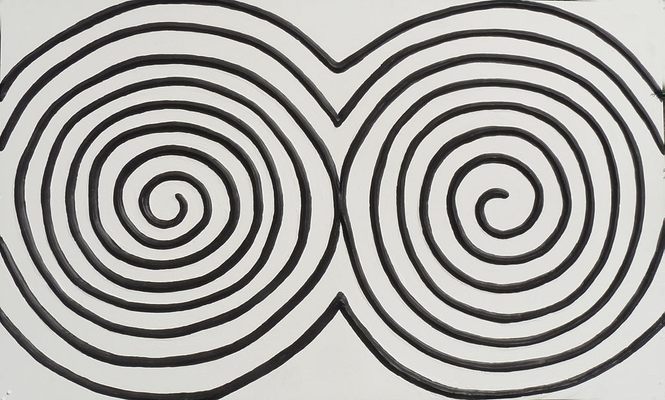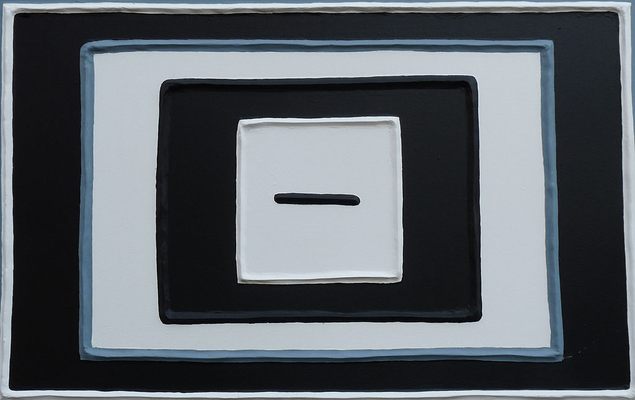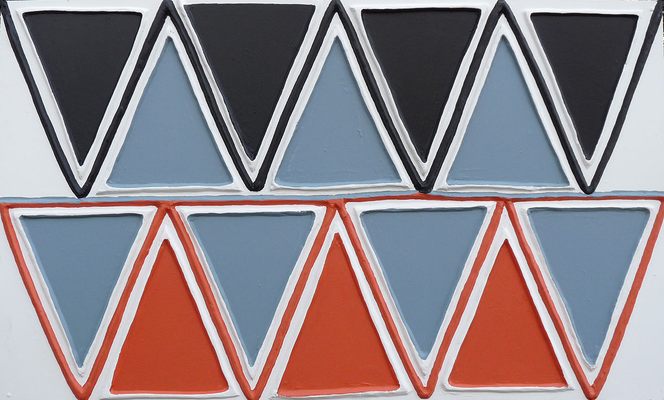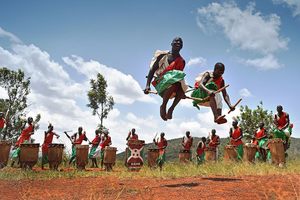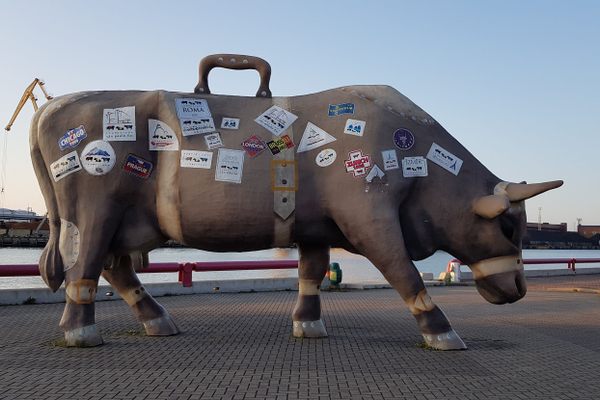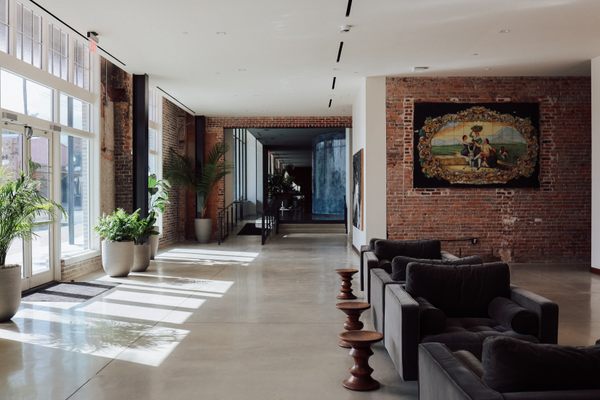About
In Rwanda, cattle are an important status symbol, and if you venture into the rural areas of the country you're almost guaranteed to cross paths with these gloriously long-horned denizens. You may even find yourself scraping their dung off your shoes. Or if you're lucky, hanging it on your living room wall.
For generations, cow dung has been to create a striking and truly unique art form found only in Rwanda, called imigongo. Despite the rather unconventional medium, the characteristic colorful geometric patterns of traditional imigongo paintings would fit right in with most modern decor.
Legend has it that in the 18th century, Prince Kakira was the first to use the ordure of these revered animals to decorate the interior walls of his house, mixed with ash and clay for color. The new art form took the name of the prince's domain, Gisaka-Imigongo.
Today's imigongo artwork has mostly migrated off walls, and is generally painted on portable wooden panels, plates, or wall hangings, which are popular with tourists. The vibrant paintings are composed of vibrant colors sourced from natural materials—mustard yellow, rusty red from the natural soil, white from kaolin or white clay, and black from the ashes of banana peels.
This indigenous craft almost died out in the 1990s during the tragic Rwandan Genocide. But thankfully, there are a few cooperatives today in the Eastern Province keeping the art form alive, and indeed, thriving. The artists are mainly women, many made widows by the genocide
To get to the heart of imigongo production, head to the town of Nyakarambi in the Kirehe district — about three and a half hours southeast of Kigali, the country's capital, by bus. There are several options for visiting an imigongo workshop near town, the most well-known being the Kakira Imigongo Cooperative, named for the prince who originated the craft.
Here you can watch women making imigongo and even step inside a dizzying hut decorated in traditional imigongo style. Continue down the road between Nyakarambi and Rusumo and you'll see several other workshops along the way, and the main road through town is lined with charming planters decorated with imigongo art.
Related Tags
Know Before You Go
Kakira is located about 3 kilometers down the main road south of the Nyakarambi bus station. You can walk, hop a motorcycle taxi, or, if your bus is continuing on to Rusumo, convince your driver to let you descend a little past the official Nyakarambi stop. It is open most weekdays. If it appears closed, a neighbor may be able to help find one of the artists to open it for you. If you feel like taking your chances getting a work of imigongo through customs, you can purchase a traditional geometric or spiral pattern, or try some of the more recent zoological and cultural scenes.
Community Contributors
Added By
Published
June 23, 2016





